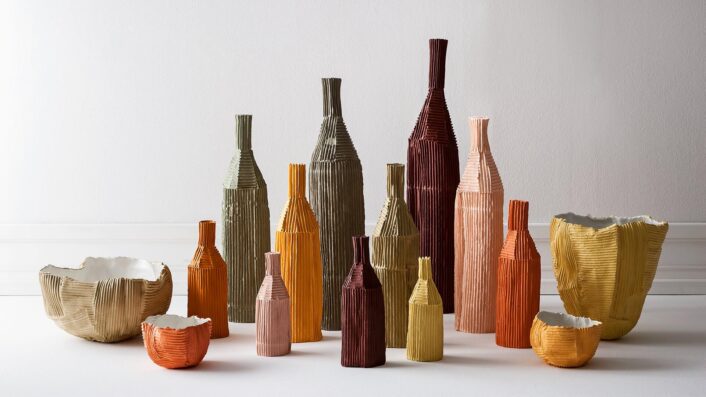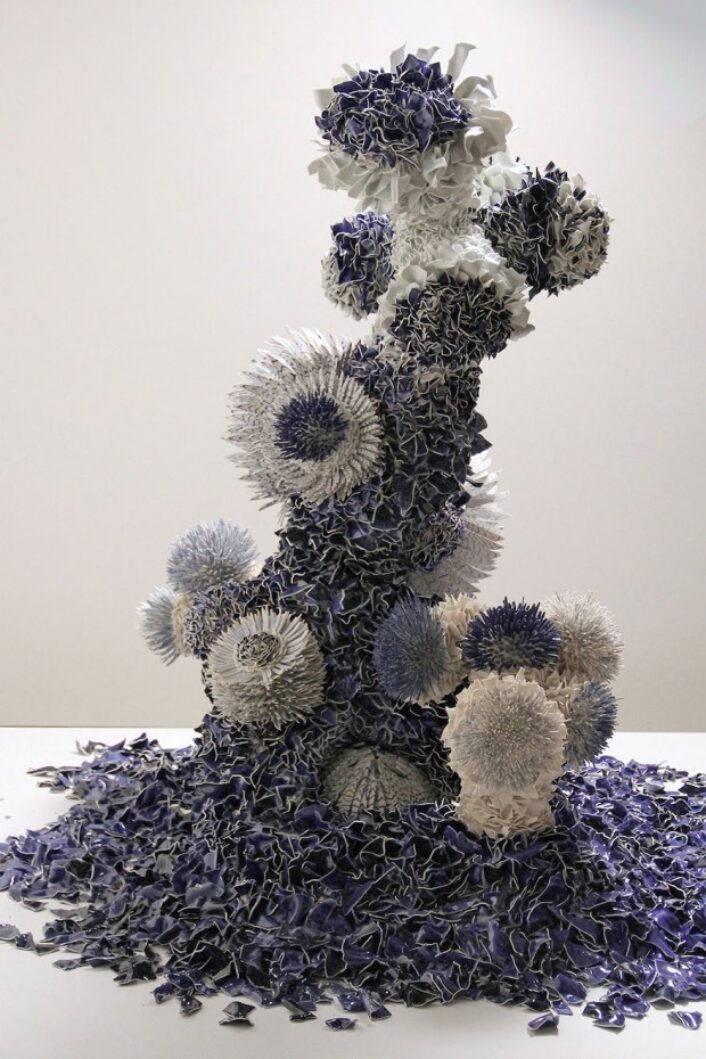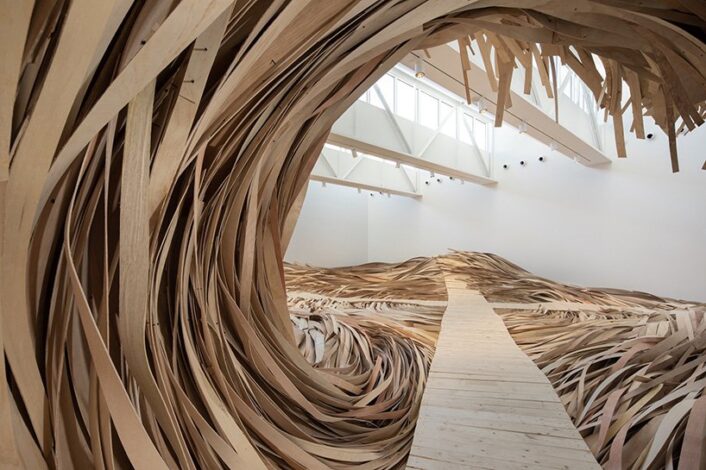Architecture
Unbelievable paper vases
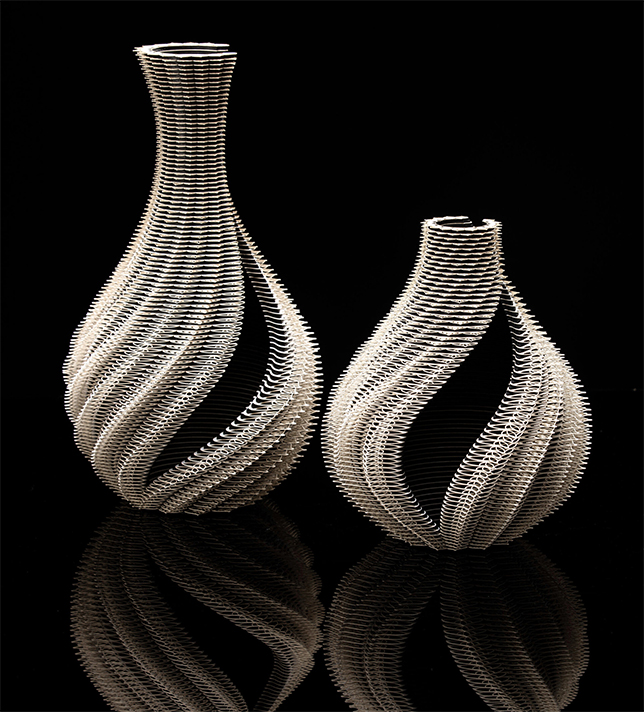
The collection was the winner of the Van Cleef & Arpels Design Prize.
Image courtesy of: GPI Design
Mosques and palaces in the Middle East are typically adorned with beautiful and complex geometric patterns that repeat over and over again. For many centuries, Islamic geometrical patterns have been used as decorative elements on walls, ceilings, doors, minarets, and domes. The use of geometry is believed to reflect the universe’s language and the hope is that the patterns inspire reflection “on life and the greatness of creation.”
Recently, Julia Ibbini, Ibbini Studio’s founder, used modern technology to recreate those stunning designs into amazing sculptures reminiscent of similar centuries-old shapes. Ibbini’s Symbol Vessels are the end product of the seamless intersection of machinery, human touch, and technology.
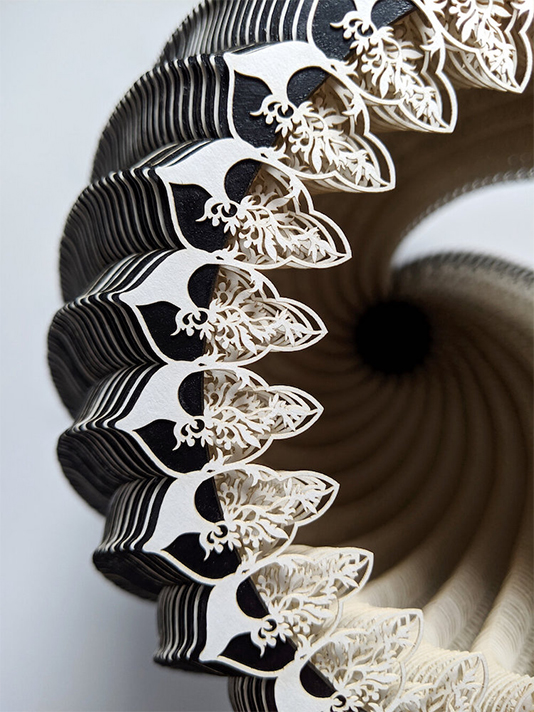
Up close…
Image courtesy of: My Modern Met
Ibbini manufactured the vessels in collaboration with Stephane Noyer, a computer scientist. The pair has been collaborating since 2017 and over the past four years, they have created amazingly detailed artwork. The intricate pieces are the result of algorithmically derived patterns hand-crafted from laser-cut paper.
The artists described the idea for the vessels (courtesy of an interview with Arnesia Young for My Modern Met),”This series plays between contrasting yet complementary, distinct but related concepts, both in the design and feel of the final form. We wanted to explore the notion of a traditional vessel (typically intended to be utilitarian and simple) and augment and contrast that by introducing abstract structural modifications, complexity and detail achievable through algorithms and computational geometry.”
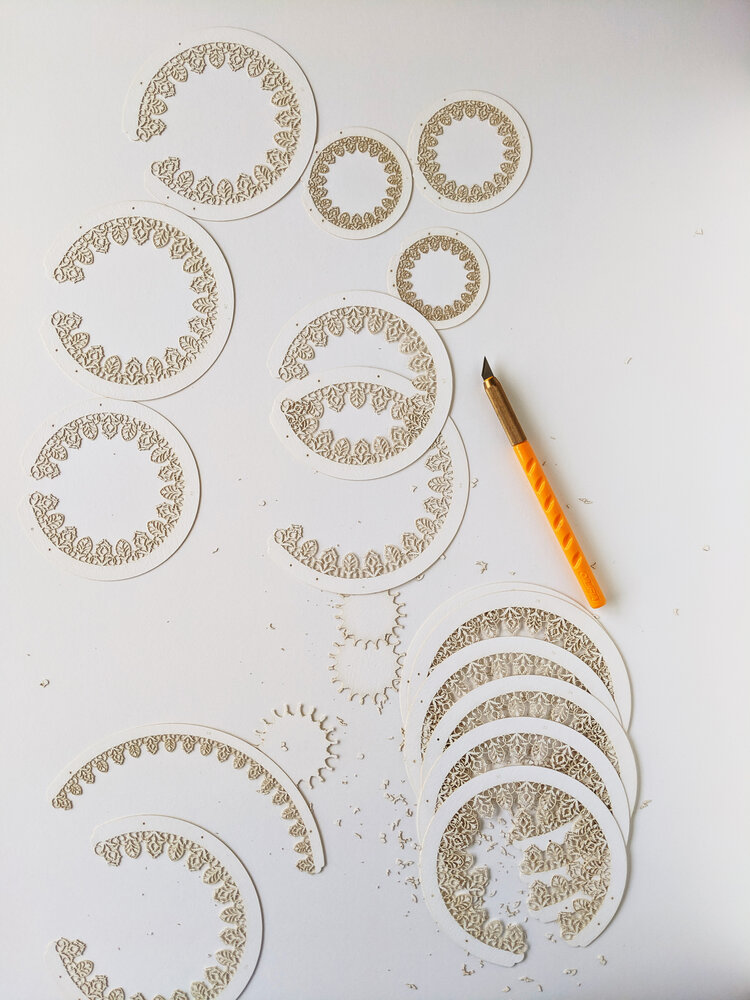
Each vessel’s assembly is done entirely by hand using only glue, a scalpel, and pins.
Image courtesy of: Ibbini
Every vessel starts with a single arabesque piece that Ibbini designs in Adobe Illustrator. That design is repeated a specific number of times around an arc using the computer algorithms and custom software tools that Noyer designed. The pair twist the pieces around until they reach the final profile. Ibbini calls this “2.5D” because now there are plenty of layers to continue a significant mass, but they are still flat enough to be framed.
Once the final shape is picked, the designs go to a laser machine to be constructed. After that step, they are hand-assembled. Depending on the desired size of vessel, anywhere from 60 to 300 layers of paper and card stock are stacked. It takes hundreds of hours to finalize the piece… this is the most challenging part of the process.
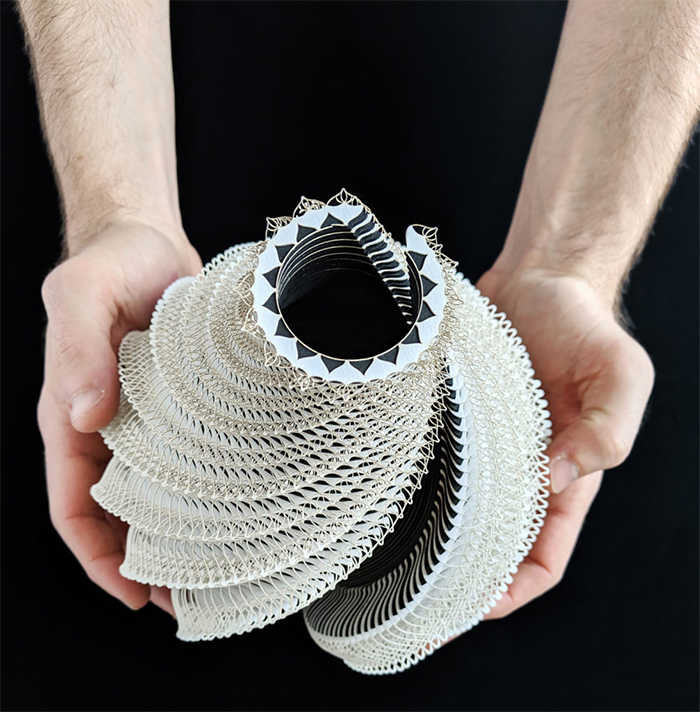
The studio is based in Abu Dhabi.
Image courtesy of: GPI Design
Ibbini’s ability to draw organic structures that are virtually carbon copies of plant-life and naturally occurring tessellations is incredible. The hand-drawn elements are refined using digital design tools. The way they are arranged during the interactive mathematical phase is how the designs are augmented, through visual feedback, to find the final shape. Luckily, we have computers and laser cutters to compute the shape and to cut the large number of individual pieces.
Once the layers are stacked atop one another, they create new forms that defy the laws of gravity through the use of “negative space.” It is the contrasts and collaborations that impart the final pieces, they appear as delicate as the most fragile crystal.
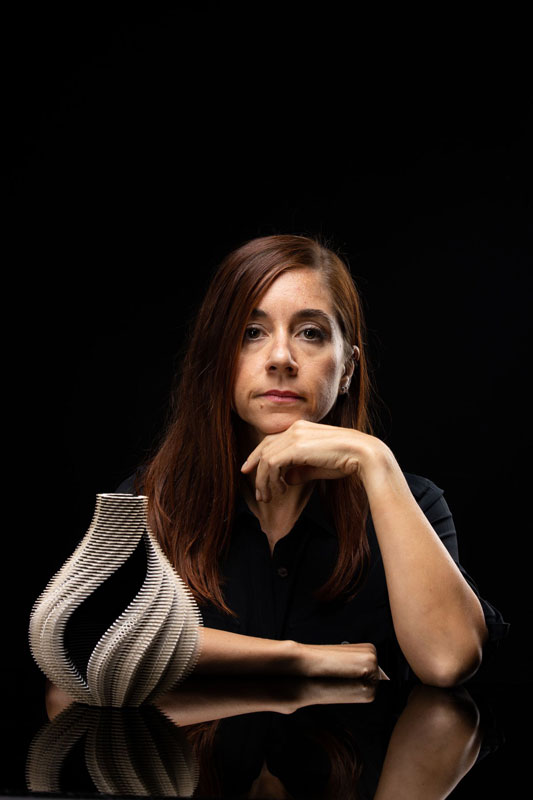
The Jordanian-British artist lives and worked in the UAE.
Image courtesy of: Selections Art
Recently, Ibbini started using fine veneer woods with pearl inlays to add additional interest to her sublime pieces. Since they are hand-produced, the highly complex vessels are both organic and imperfect. The flaws are those that come as a result of the human hand.
Ibbini says (courtesy of Selection Arts), “My interest lies in human and machine collaboration in a traverse of analogue and digital to create work which remains distinctly human in origin.” Specifically about the strong resemblance to Islamic art, she adds, “I think it started with things like Islamic geometry. If you look way, way back at what tools they had hundreds and hundreds of year ago, they had such simple tools and were able to create such stunning, complex work. I find it fascinating that there’s this incredible rich history and complexity.” We agree 100%!
